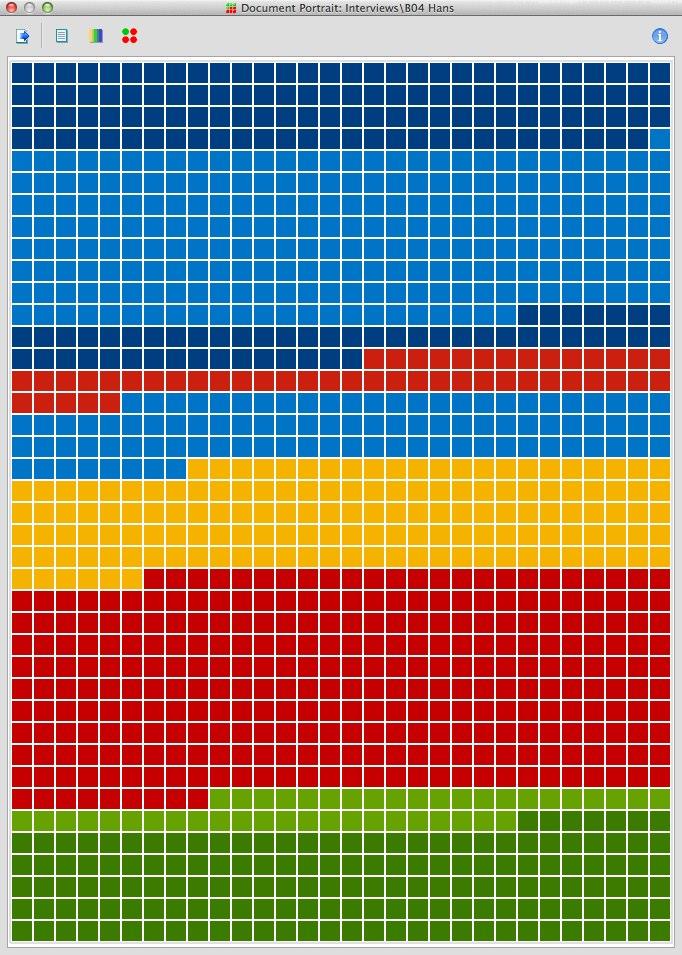

- #Maxqda quantitative analyse code#
- #Maxqda quantitative analyse series#
If you do not check this option, a blank answer field will simply be skipped.
#Maxqda quantitative analyse code#
That way you’ll know that this participant did not answer your question, and you can even code it as ‘no response’. When you later run a coding query, you will retrieve a coded segment for each of your imported cases if one of the participants did not type in any answer, this coded segment will be blank.
“Code empty cells.” If you check this option, empty answer fields will be coded. Choosing your Document Name.Qualtrics provides you with random response IDs, so it makes sense for most projects to use them as document names. If you choose a variable to distinguish document groups, you should still import this variable ALSO as a variable below. 
However, you can use any variable in your data to create the sets (e.g.
Choosing your Document Group.Using the ResponseSet for naming the document group is convenient. Things to look out for when you’re in the Import Dialogue Screen Checking both will import it as both codable field and variable. Checking no checkbox will not import a specific piece of data. Choose this option for numbers, Likert scales and other pre-structured data. Checking the “Variable” box will import data as a variable. Choose this option for textual data, such as short answers & essay boxes. Checking the “Code” box will import data as codeable text, and it will automatically code that data with the name of the question. In the import dialogue screen you specify which data will be imported, and how it will be imported. Otherwise MAXQDA will create new codes and variables, and you’ll have to spend some time merging things in MAXQDA. If you intend to import data from different Excel sheets, you will need to make sure that the names in the column headers are exactly identical. MAXQDA will cut off code names and variable names after 62 characters. Character Limits on Questions: If possible, shorten your questions before you import data. Thus, fields that start with equal symbols or dashes will show no data in MAXQDA. Excel will think that this data entry is a formula, and produce an error message (“#NAME?”). Sometimes participants use equation symbols and dashes to mimic bullet points or arrows in surveys. Equal Symbols/Dashes: Always conduct a lexical search for equal symbols (=) and dashes (-) and replace them with an asterisk symbol (*), using Excel’s search & replace function. from having different collectors in Qualitrics for different research locations or times). Response Set: You can later use the Response Set as a document group name if you have several response sets (i.e. Response ID: These are very handy as de-identified case names later on. Things to look out for during data cleanup We don’t want those in our survey, so we delete these rows. #Maxqda quantitative analyse series#
In our example, the data set contains a series of results from viewing and testing the survey. IP addresses, email-addresses if your Qualtrics survey was invite-only)

Now is a good time to take columns out that contain no data, useless data, or data that could be used to identify your participants (e.g. The StartDate and EndDate columns in our example contain no useful data.
Now, assess your dataset and decide on which columns you want to keep. You have to take this column out – and not just delete the content – because MAXQDA uses the top row of your Excel table to name cases, document groups, variables and code names. First, you will have to delete row number 1, which contains question numbers. Make sure you’ve opened your new Excel file that you just created.







 0 kommentar(er)
0 kommentar(er)
